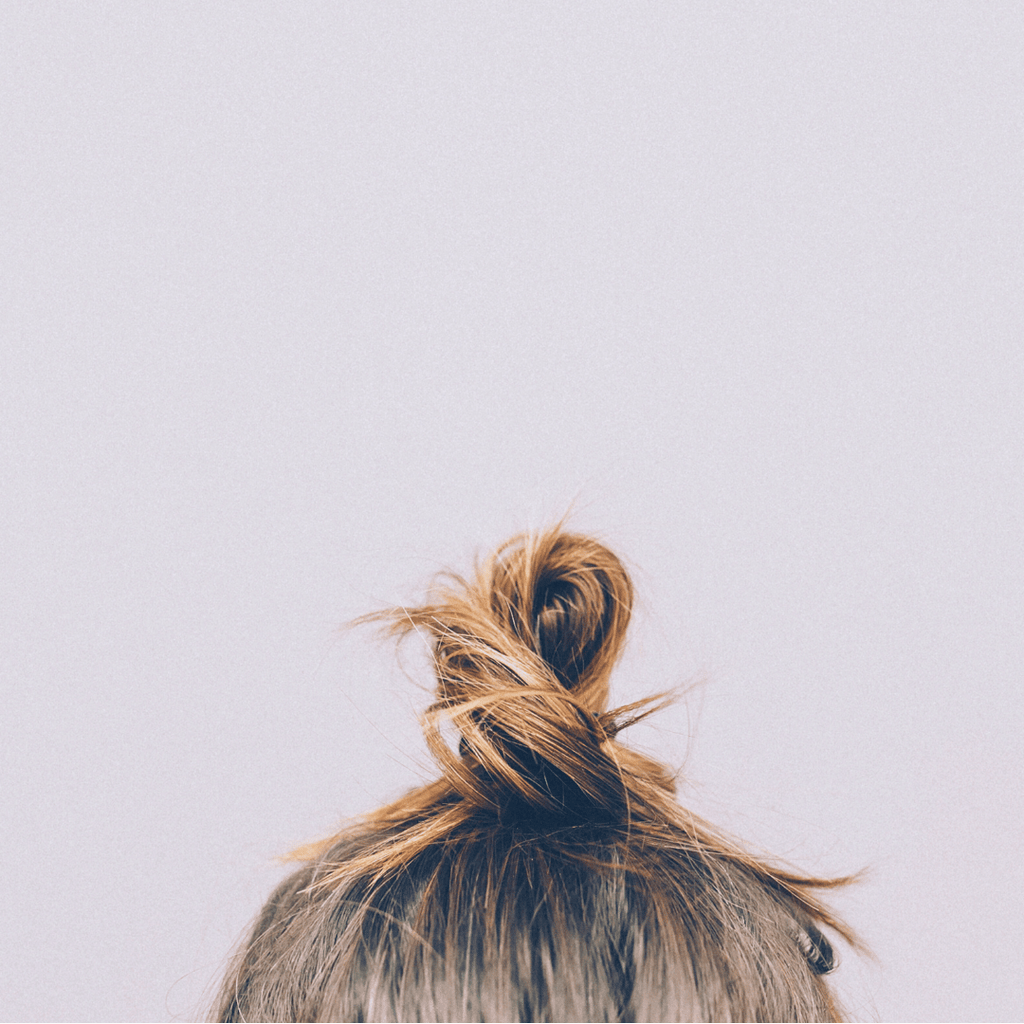If you've ever stood in the hair care aisle feeling confused about whether your hair is thin or fine (or both!), you're definitely not alone. These terms get tossed around interchangeably, but they actually describe two completely different aspects of your hair. Understanding the distinction can be a game-changer for choosing the right products and styling techniques that work with your unique hair texture.
What Makes Hair Fine vs Thin?
Let's start with the basics.
Fine hair refers to the actual thickness of each individual strand of hair. Think of it like thread – some threads are thick and sturdy, while others are delicate and narrow. Fine hair strands have a smaller diameter, making each strand feel soft and silky to the touch. When you run your fingers through fine hair, individual strands can be hard to feel between your fingertips.
Thin hair, on the other hand, is all about density – essentially, how many strands of hair you have on your scalp. Someone with thin hair has fewer hair follicles overall, which means less hair coverage and often a more visible scalp, especially at the crown or part line.

Here's where it gets interesting: you can actually have fine hair that's dense (lots of fine strands packed together) or coarse hair that's thin (fewer strands, but each one is thick). You might also have fine AND thin hair, which presents its own unique set of styling challenges and opportunities.
How to Tell Which Category You Fall Into
Testing for Fine Hair: Take a single strand of your hair and roll it between your fingers. Fine hair will feel almost imperceptible – smooth, soft, and barely there. You might also notice it's nearly invisible when held up to the light. Another telltale sign? Fine hair tends to get weighed down easily by heavy products and can look flat or greasy quickly after washing.
Testing for Thin Hair: Look at your scalp in good lighting, especially at your part and crown. With thin hair, you'll likely notice more scalp visibility than you'd prefer. You might also find that ponytails feel smaller in circumference, and your hair doesn't feel very "full" when you run your hands through it.
The Science Behind Your Strands
Your hair's thickness and density are largely determined by genetics. The size of your hair follicles determines strand thickness – smaller follicles produce finer hair, while larger follicles create coarser strands. Hair density, meanwhile, depends on how many follicles you were born with, which can range from about 80,000 to 150,000 on the average scalp.
It's worth noting that hair density can change over time due to factors like hormonal shifts, stress, aging, nutritional deficiencies, lifestyle, or certain medical conditions. You might notice increased shedding, a more visible scalp, or strands that feel more brittle than usual. While strand thickness generally stays consistent throughout your life, density can fluctuate.
Styling Strategies That Actually Work
For Fine Hair: The key is adding body without adding weight. Look for volumizing shampoos and lightweight conditioners that won't coat your strands. Avoid heavy oils, thick creams, or anything that promises intense moisture – these will likely leave your hair looking limp. Instead, opt for mousse, root-lifting sprays, or lightweight volumizing lotions. When blow-drying, flip your head upside down and focus the airflow at your roots to create lift.
For Thin Hair: Your goal is to create the illusion of density. Dry shampoo is your best friend – it adds texture and helps hair appear fuller, even on clean hair. Consider strategic, subtle layering with your hairstylist to create movement and dimension. Avoid heavy conditioning treatments on your scalp area, focusing them instead on mid-lengths and ends.
For Fine AND Thin Hair: This combination requires a delicate balance. You need volume-boosting products that won't weigh down your delicate strands, plus techniques that create the appearance of more hair. Texturizing sprays, gentle teasing at the roots, and strategic blow-drying can work wonders. Consider shorter hairstyles like pixie cuts or blunt bobs that create the illusion of fullness.
Hairstyles That Flatter
Certain cuts and styles can make fine or thin hair appear much fuller and healthier. Blunt bobs create the illusion of density, while layered cuts add movement and body to fine hair. Avoid very long styles if you have thin hair – the weight can make sparse areas more noticeable. Pixie cuts, shoulder-length styles, and cuts with face-framing layers tend to be most flattering.
Product Wisdom
The biggest mistake people with fine or thin hair make is using products designed for thick, coarse, or damaged hair. Heavy moisturizing shampoos, thick conditioners, and rich styling creams can overwhelm delicate or sparse hair. Instead, look for products specifically formulated for fine or thinning hair, which are designed to add body and volume without weight.
Embracing Your Natural Texture
Remember, there's no "wrong" hair type – just different approaches to making the most of what you have. Fine hair can be incredibly silky and smooth, while thin hair often takes colour beautifully and can be very manageable. The key is working with your hair's natural characteristics rather than fighting against them.
Understanding whether your hair is fine, thin, or both empowers you to make better choices in the salon and at home. With the right approach, you can create styles that make your hair look and feel its absolute best, regardless of strand thickness or density.

